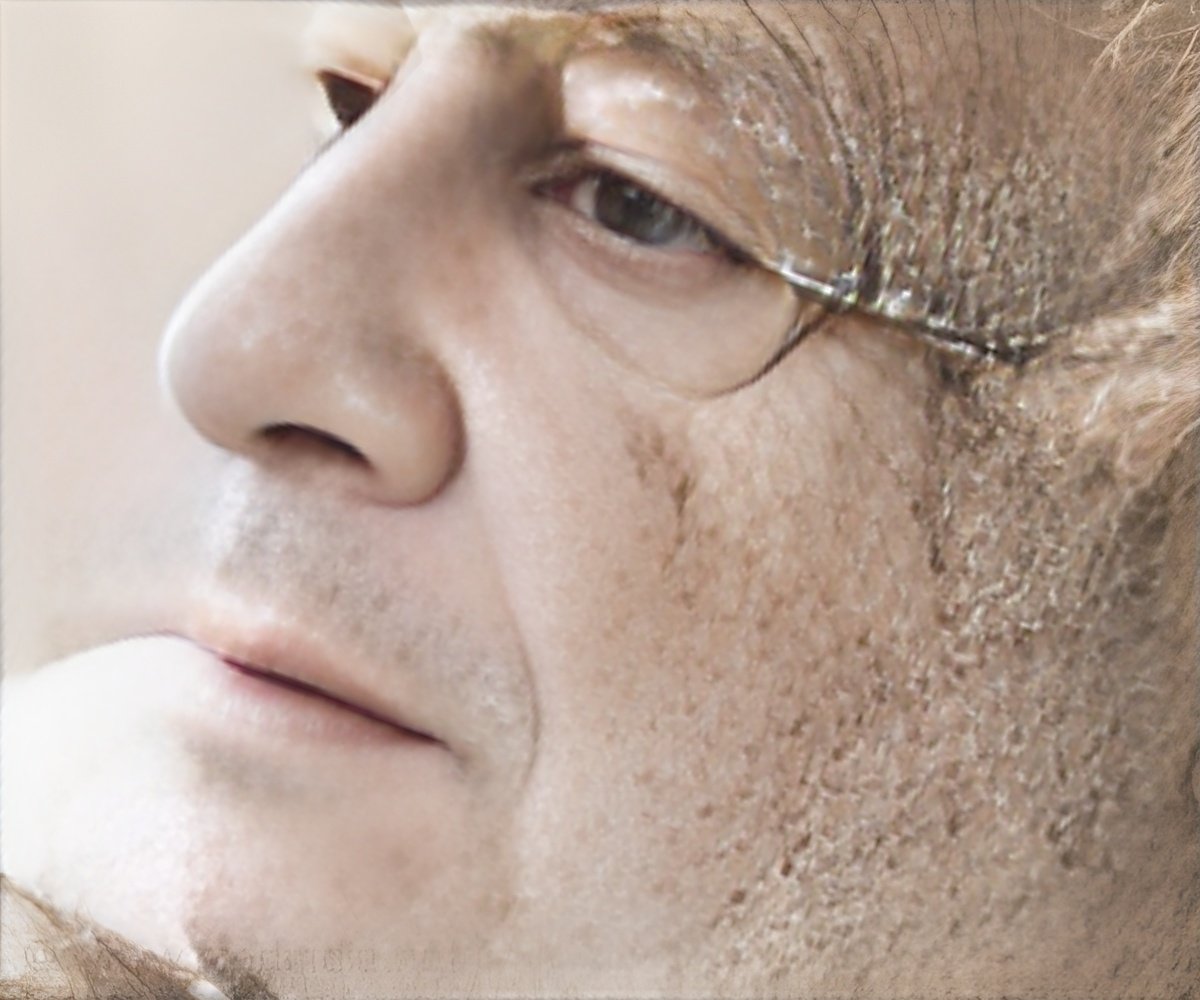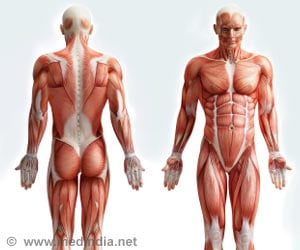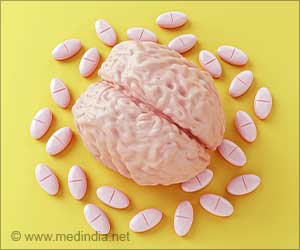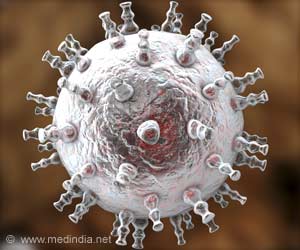A new study claims that the new findings on why skeletal stem cells stop renewing muscle mass during ageing may provide a new therapeutic opportunity for managing the condition

One cell-signaling pathway the team identified, known as p38 MAPK, appears to be a major player in making or breaking the skeletal muscle stem cell, or satellite cell, renewal process in adult mice, said Olwin of the molecular, cellular and developmental biology department. Hyperactivation of the p38 MAPK cell-signaling pathway inhibits the renewal of muscle stem cells in aged mice, perhaps because of cellular stress and inflammatory responses acquired during the aging process.
The researchers knew that obliterating the p38 MAPK pathway in the stem cells of adult mice would block the renewal of satellite cells, said Olwin. But when the team only partially shut down the activity in the cell-signaling pathway by using a specific chemical inhibitor, the adult satellite cells showed significant renewal, he said. "We showed that the level of signaling from this cellular pathway is very important to the renewal of the satellite cells in adult mice, which was a very big surprise," said Olwin.
A paper on the subject appeared online Feb. 16 in the journal Nature Medicine.
One reason the CU-Boulder study is important is that the results could lead to the use of low-dose inhibitors, perhaps anti-inflammatory compounds, to calm the activity in the p38 MAPK cell-signaling pathway in human muscle stem cells, said Olwin.
The CU-Boulder research team also identified a second cell-signaling pathway affecting skeletal muscle renewal – a receptor known as the fibroblast growth factor receptor-1, or FGFR-1. The researchers showed when the FGFR-1 receptor protein was turned on in specially bred lab mice, the renewal of satellite cells increased significantly. "We still don't understand how that particular mechanism works," he said.
Advertisement
Co-authors included first author and CU-Boulder postdoctoral researcher Jennifer Bernet, former CU-Boulder graduate student John K. Hall, CU-Boulder undergraduate Thomas Carter, and CU-Boulder postdoctoral researchers Jason Doles and Kathleen Kelly-Tanaka. The National Institutes of Health and the Ellison Medical Foundation funded the study.
Advertisement
Olwin and his team worked closely on the research with a team from Stanford University led by Professor Helen Blau, which published a companion paper in the same issue of Nature Medicine. "We shared data with the Stanford team during the entire process and we all were very pleased with the study outcomes," said Olwin. "This is how science should work."
Source-Eurekalert












